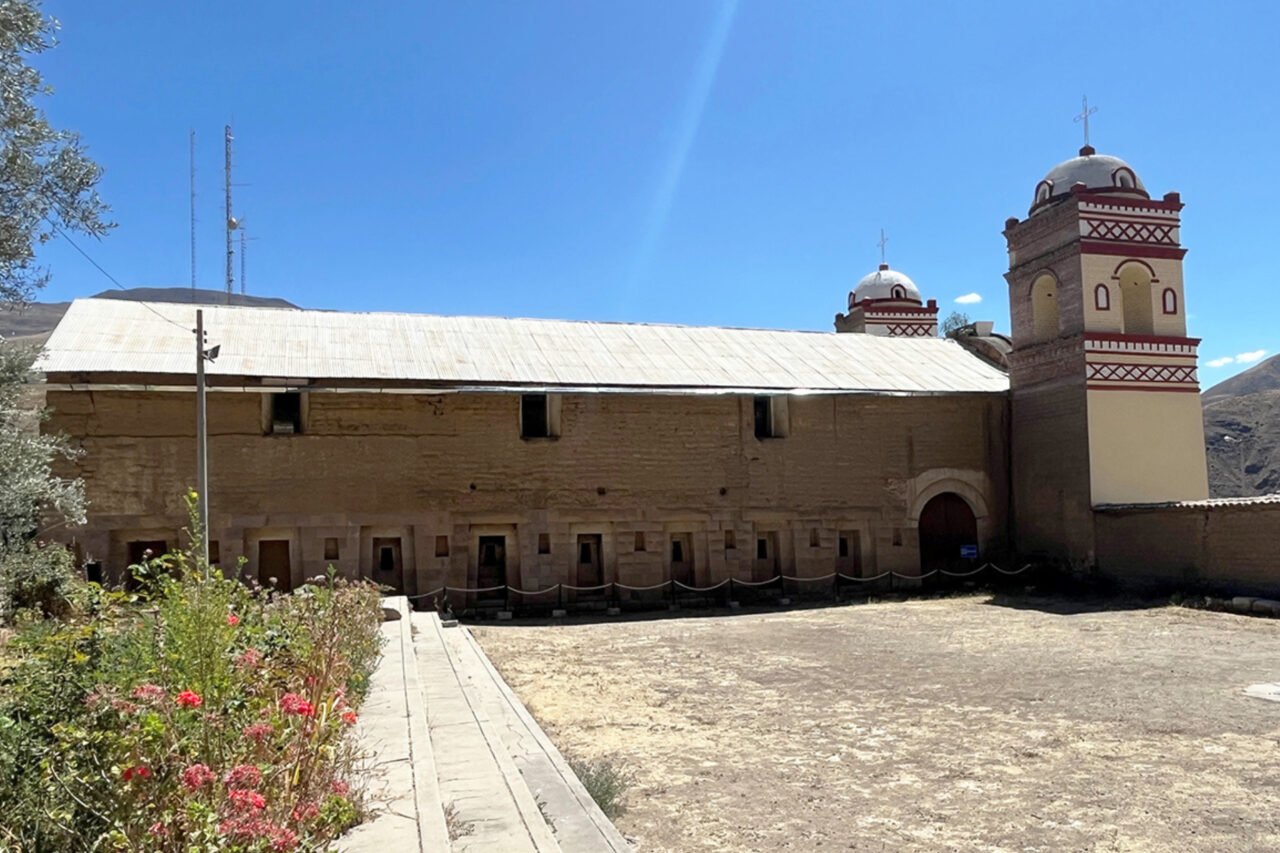In the remote town of Huaytará, Peru, researchers are shedding new light on an ancient Incan structure beneath the Church of San Juan Bautista. This building, known as a carpa uasi, consists of only three walls and is believed to have been designed to manipulate sound, possibly amplifying low-frequency noises like drumming. The findings reveal a fascinating aspect of Incan civilization that extends beyond their renowned architectural achievements.
The Inca Empire, which thrived in the 15th and early 16th centuries, was known for its impressive stonework and monumental structures, most famously the citadel of Machu Picchu. However, the carpa uasi, which likely dates back to the same period, may hold secrets about the cultural significance of sound in Incan society. Stella Nair, an associate professor at the University of California, Los Angeles, is leading the research. She emphasizes that this structure could have been specifically constructed to enhance auditory experiences.
Nair states, “We’re exploring the possibility that the carpa uasi may have amplified low-frequency sounds, such as drumming, with minimal reverberation. With this research, for the first time, we’ll be able to tell what the Incas valued sonically in this building.” This insight is particularly intriguing, as the structure’s design may have prioritized sound over stability, reflecting a deeper understanding of the role of audio in their cultural practices.
Exploring the Unique Structure
The term carpa uasi translates to “tent house,” highlighting its distinctive architectural form. By having only three walls, this structure allows sound to be directed toward the open side, potentially carrying it beyond its physical boundaries. Such an innovation suggests that the Incas placed significant importance on music and sound in their rituals and daily life.
Nair further explains, “Many people look at Inca architecture and are impressed with the stonework, but that’s just the tip of the iceberg. They were also concerned with the ephemeral, temporary and impermanent, and sound was one of those things.” This perspective invites a reevaluation of how we interpret Incan architecture and culture, indicating that auditory elements were just as vital as visual ones.
Researchers had long been aware of the carpa uasi, but Nair and her team are pioneering in recognizing its potential for sound amplification. As the only surviving example of its kind, this structure has withstood 600 years of history, primarily due to the protective church built above it. The team is currently developing a model to illustrate how sound would have traveled through the carpa uasi and affected the surrounding environment.
The Importance of Sound in Historical Context
The significance of this research extends beyond mere architectural analysis. Nair argues that incorporating sound studies into our understanding of history is crucial. “Sound studies are really critical because we tend to emphasize the visual in how we understand the world around us, including our past. But that’s not how we experience life—all of our senses are critical,” she notes.
By prioritizing auditory experiences, researchers can gain a more comprehensive understanding of the Inca civilization and its cultural values. This approach has the potential to transform historical narratives, revealing the intricate ways in which sound interacted with the built environment.
As investigations continue, the findings related to the carpa uasi underscore the importance of interdisciplinary research. By blending architecture, anthropology, and sound studies, scholars are uncovering new dimensions of ancient cultures that have long been overlooked. This work not only enriches our knowledge of the Inca Empire but also enhances our appreciation for the diverse ways in which past civilizations engaged with their environments.
In conclusion, the study of the carpa uasi serves as a reminder that history is often more layered and complex than it appears. By listening closely to the echoes of the past, we can better understand the legacies of those who came before us.







